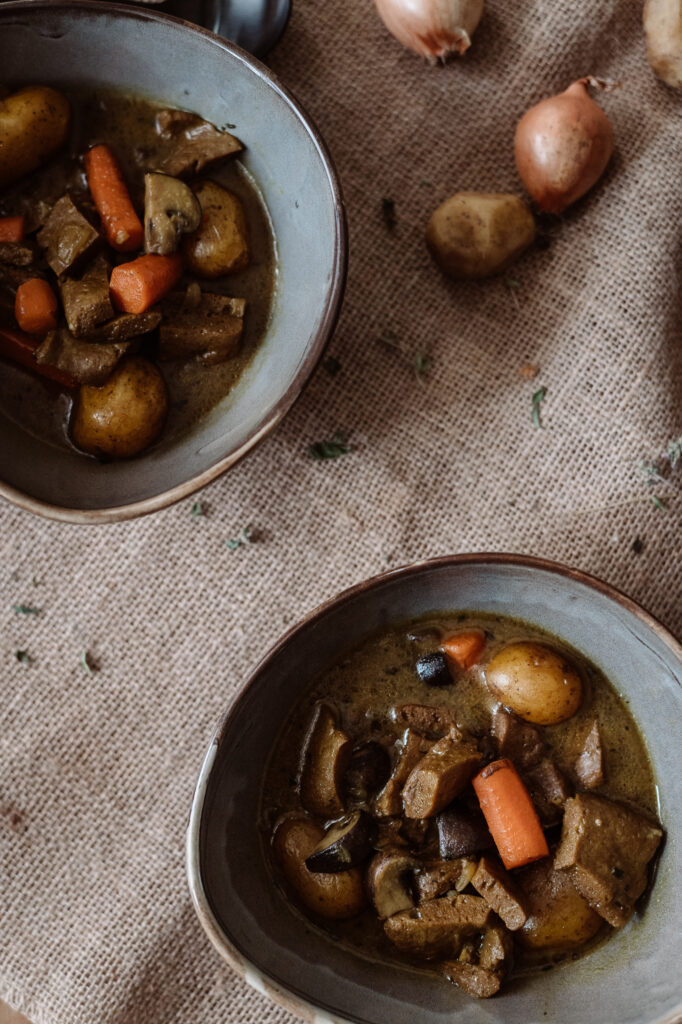The cuisine of Namibia is a result of two very different cultural influences – the cooking traditions of the indigenous people of Namibia and cooking customs introduced by German, Dutch and British settlers during the colonial period.
Namibia, officially the Republic of Namibia, is a vast country in Southern Africa. It is bordered by the Atlantic Ocean to the west, Zambia and Angola to the north, Botswana to the east and South Africa to the south and east. The name of the country is derived from the Namib desert, the oldest desert in the world; the word Namib means vast place. After Mongolia, it is the second least densely populated country on earth and one of the driest countries in the world, incorporating two big deserts – Namib and Kalahari deserts.
Namibia has been inhabited since prehistoric times by the San, Damara and Nama people. Since the 14th century, Bantu groups, the largest being the Ovambo, have dominated the population of the country. In 1884, the German Empire colonized Namibia, formed a colony known as German South West Africa, and between 1904 and 1908, committed genocide against the Herero and Nama people. During this period, German influence also had an important impact on Namibian cuisine which is still very strong.
In 1915 South African forces ended German rule and took control over Namibia. Very quickly South Africa imposed its laws, including racial classifications and rules, similar to those in South Africa. The 20th century was marked by the fight against apartheid and for independence, and after several uprisings and continued guerrilla warfare, Namibia obtained independence in 1990. Today, Namibia is considered one of the freest and most democratic countries in Africa, with a population made up of 11 ethnic groups.
And just like its population, the cuisine of Namibia is diverse and varied, with plenty of different flavors. It is a very regional cuisine, with different dishes being popular and prepared in different areas, depending on what grows in those areas. However, regardless of the region, Namibian cuisine is very meat-based, with an almost infinite variety of meats – from lamb and beef to more exotic animals such as ostrich, antelope, zebra, giraffe or oryx, and even insects in Mopane worms, a dish made with dried caterpillars, a delicacy that belongs to the Oshiwambo ethnic tribe. Meat is usually grilled or prepared on a barbecue (Braaivleis), and then dressed with rich and tasty sauces. In the coastal regions of Namibia, seafood is dominant and abundant. Another important ingredient is corn, especially in the south of the country, where it grows.
Namibian cuisine includes several old, traditional dishes, but as already mentioned it was heavily influenced by German culinary traditions. Dishes such as Wiener schnitzel, spätzle and sausages, or various cakes that originated in Germany, are a common part of Namibian dining tables. Also, a very important and even widely appreciated German colonial legacy is beer, which is made according to Bavarian purity laws in Namibia.
As a large part of Namibia is arid and dry, growing fruit and vegetables is challenging, which is probably why vegetarian and vegan dishes are scarce. But that is why DishUp here ;).
